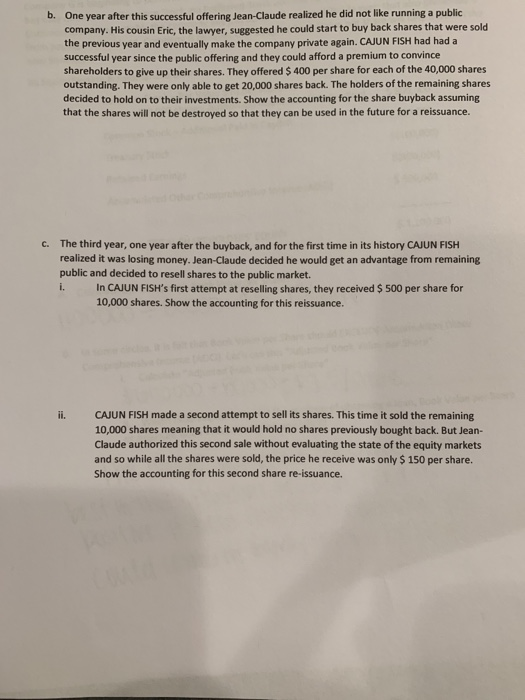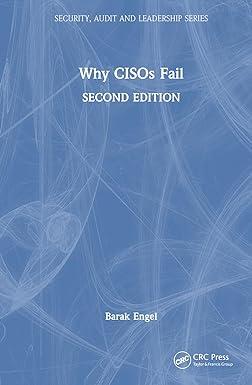The Cajun Fishing Company ("CAJUN FISH" as it was known) of St Bernard's Parish has been extremely successful since the BP oil spill. After that spill, many fishing companies went out of business-they did not have enough capital saved to ma ke it through the period where Louisiana fishing was either not recommended or outright prohibited. Still others did not qualify for short term government grants from the US government because they were found to have never filed taxes (they operated as pure cash businesses and it was nearly impossible for the Federal government to identify them so as to force them to pay taxes). Cajun Fish had come out of the Oil Spill with plenty of capital and they qualified for federal grants because they had complied with tax laws. They used their surplus capital to buy up the unused boats of other fisherman, and many of them stayed in the business by becoming CAJUN FISH employees. It had been over ten years since the BP Oil Spill and CAJUN FISH had grown and continued to do well. They were hoping to expand further when their owner, Jean-Claude, realized one way he could "make money" was to sell Common Stock to possible equity shareholders. Jean-Claude was also clever. He had a cousin in France, Pierre, who had done the same thing with the family's fishing company in Brittany, but Pierre had kept enough shares to control the publicly held company. Jean-Claude would keep 60 % of the company and sell 40% of it to the public but he wanted CAJUN FISH to keep the cash proceeds for investment in future growth. Jean-Claude called a meeting of the Board, consisting of his cousins Marie, Helene, Claire, Maurice, Emile-Marie, Bertrand and Eric. Eric was a lawyer and said the first thing Jean-Claude would need to do is incorporate and then use his By-Laws to decide the number of authorized shares, how many to issue, and what their PAR VALUE would be. Then they would decide what the Market Price per share might be when the 40 % of the shares were offered to outsiders. Jean-Claude and the Board decided, after incorporation, to authorize 100,000 shares. He kept 60,000 shares representing his current interest in the company and planned to offer a new tranche of issued shares, 40,000 shares to be precise, to the public to raise cash. The Board decided to give each share a $20 Par Value. Jean-Claude's shares and the new tranche of shares, the 40,000, would be the same class of Common Stock. The company agreed to offer their 40,000 shares to the public in a "Louisiana only" offering at $ 200 per share. The shares were oversubscribed and the operation was very successful. CAJUN FISH received $200 for each of the 40,000 shares. Show the accounting for the issuance of the 40,000 sha res and the receipt of the cash. a. b. One year after this successful offering Jean-Claude realized he did not like running a public company. His cousin Eric, the lawyer, suggested he could start to buy back shares that were sold the previous year and eventually make the company private again. CAJUN FISH had had a successful year since the public offering and they could afford a premium to convince shareholders to give up their shares. They offered $ 400 per share for each of the 40,000 shares outstanding. They were only able to get 20,000 shares back. The holders of the remaining shares decided to hold on to their investments. Show the accounting for the share buyback assuming that the shares will not be destroyed so that they can be used in the future for a reissuance. one year after the buyback, and for the first time in its history CAJUN FISH The third year, c. realized it was losing money. Jean-Claude decided he would get an advantage from remaining public and decided to resell shares to the public market. i. In CAJUN FISH's first attempt at reselling shares, they received $ 500 per share for 10,000 shares. Show the accounting for this reissuance. CAJUN FISH made a second attempt to sell its shares. This time it sold the remaining 10,000 shares meaning that it would hold no shares previously bought back. But Jean- Claude authorized this second sale without evaluating the state of the equity markets and so while all the shares were sold, the price he receive was only $ 150 per share. Show the accounting for this second share re-issuance








